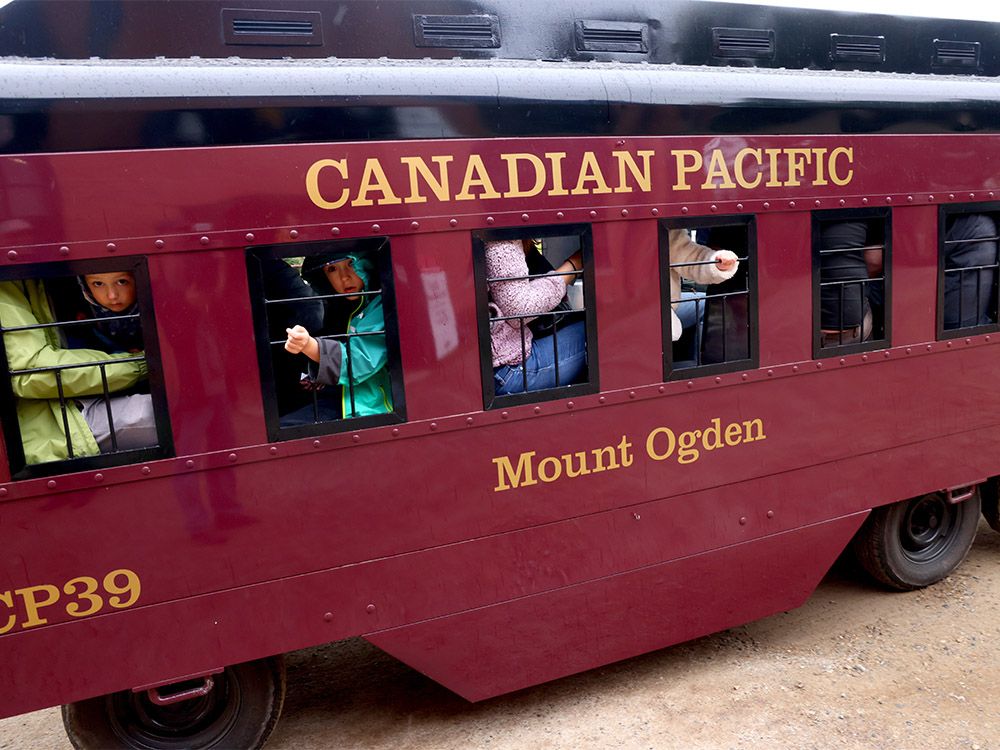The navy is looking at deploying ‘ghost fleets’ — warships that don’t need crews
The Canadian military is weighing how many and what kind of “optionally-crewed” warships it will need in the future as drone technology and artificial intelligence change the face of naval combat, says the commander of the navy.
Vice-Admiral Angus Tophee told CBC News that while navies will always need large combat surface ships and submarines, Canada’s allies have started to experiment with automated vessels.
The U.S. Navy has been testing unmanned surface vessels (USVs) for the past several years, and the concept has proved successful enough for the Americans to organize medium and large USVs into a squadron in the Pacific. A second such U.S. Navy unit, which will operate in tandem with traditionally crewed warships, is expected to be assembled this month.
The unmanned squadrons are informally called “ghost fleets.” Canada is only just beginning to study the concept.
“We haven’t figured out what percentage we want,” Topshee said, referring to the balance between manned and unmanned vessels.
He said naval planners conducting a new fleet mix study are asking themselves a number of questions as they look at the different kinds of autonomous ships that could be available.
“What is the right mix for the future as we replace our maritime coastal defence vessels down the road?” he said. “What’s the right capability for us to have? How do we augment the Canadian Surface Combatant” — the next generation of warships — “with the right mix of sensors?”
The study is looking beyond the remotely operated, explosive-packed speedboats that Ukraine has been using with great effect to attack the Russian Black Sea fleet. It’s looking at larger vessels, such as the U.S. Navy’s 145 tonne Sea Hunter minesweeper.
Computers drive and control the ship, with a human on another vessel always observing and ready to take charge remotely, if necessary. The ship can patrol without humans at the helm, using optical guidance and radar to stay clear of other ships and obstacles.
In its recent study of the future of its navy, Australia declared it would augment its crewed warships with unmanned vessels.
The plan to bolster the Australian fleet includes unmanned 20 destroyers and frigates and six Large Optionally Crewed Surface Vessels (LOSVs), which can operate with sailors aboard or independently as drones.
The LOSVs have piqued Topshee’s interest.
“I think optionally-crewed [ships are] going to be a big part of this in the future,” he said.
“I’m looking at that quite closely because I think that it is definitely something that we can build into the Canadian Surface Combatant program. We need to be enabling it, not just with the small autonomous vehicles — on and under the water — but also with larger platforms that could have a crew most of the time.”

The United States is well advanced in its plans to develop a mixed fleet.
The U.S. Naval Institute News recently reported that the navy submitted a revised request to Congress asking for a mandate to expand the fleet to as many as 381 manned ships by the 2050s, up from the current 299. The overall force would be buttressed by 150 unmanned surface and underwater vessels.
Naval historian Marc Milner of the University of New Brunswick said the proliferation of unmanned ships will be particularly important for naval operations close to coastlines. He said manned navies are struggling to confront unconventional warfare in the Red Sea and in the Black Sea off the coast of Ukraine and Russia.
“What’s happened in the last decade, particularly with the proliferation of coastal-based missile systems like the Houthis are employing, but also with drone systems, it’s made the littoral waters increasingly difficult for navies,” Milner said.

One potential element of this new wave of weapons hasn’t made an appearance yet, he said.
“At the moment, from what I can see, we’re not dealing with drone swarms,” Milner said, referring to the tactic of using multiple drones to target a single manned surface ship or submarine.
The U.S. Navy is working on the concept. It experimented with its medium and large USVs to perfect what’s being called the “hellscape” attack — using swarms of unmanned platforms to attack enemy targets.
For the moment, Milner said, the threats conventional navies face in coastal waters are manageable.
“But the danger in littoral waters has been increasing all through the 21st century, primarily from cheap land-based missile systems, and the fear is increasingly that these will overwhelm the defences of individual ships,” he said.




